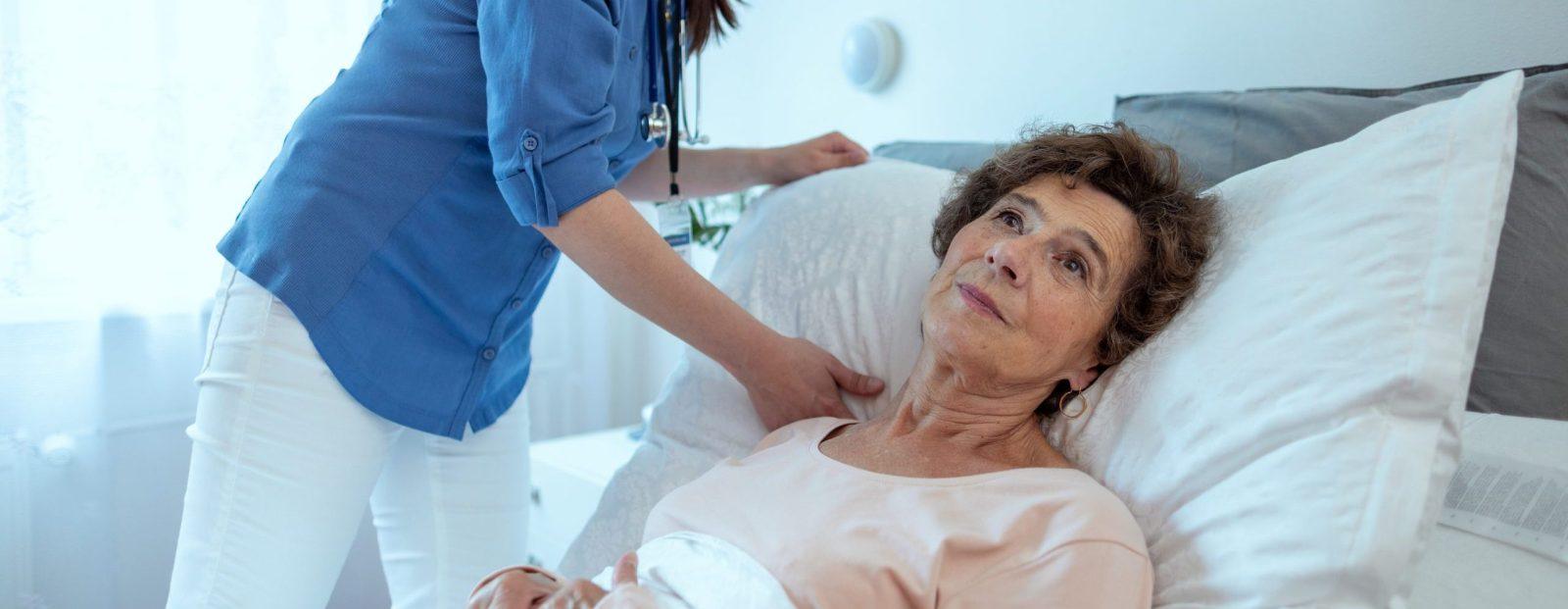The Pressure Injury Prevention for Assisted Living Facilities Training aims to educate healthcare providers (HCP) on what pressure injuries are. Understanding the importance of pressure injuries and strategies aimed towards preventing them is crucial within assisted living facilities in order to provide the most appropriate care. This course offers valuable insight and actionable plans aimed towards achieving the best and most compassionate care regarding pressure injuries within assisted living facilities. Within this training, we will explore key risk factors leading to pressure injuries in residents, actionable plans to prevent pressure injuries, and thorough skin assessments to detect early signs of pressure injuries.
What You Will Learn:
- Primary risk factors that contribute to the development of pressure injuries in residents
- Effective strategies for preventing pressure injuries
- Comprehensive skin assessments to identify early signs of pressure injuries
Details:
Course length: 1 hour; CME: 1
Languages: American English
Key features: Audio narration, learning activity, and post-assessment.
American Medical Compliance is accredited by the Accreditation Council for Continuing Medical Education (ACCME) to provide continuing medical education to physicians. Our Continuing Medical Education (CME) program is committed to enhancing the knowledge, skills, and professional performance of healthcare providers to improve patient care outcomes. Through high-quality educational activities, we aim to address the identified educational gaps and to support the continuous professional development of our medical community. American Medical Compliance designates this activity for a maximum of 1 AMA PRA Category 1 Credits. Physicians should only claim this credit for their complete participation in this activity.
Get Certified
American Medical Compliance (AMC) is a leader in the industry for compliance, Billing, and HR solutions. To become certified, please visit us at: American Medical Compliance (AMC).
Reach out for other courses by visiting the AMC Course Library.
Key Risk Factors
Pressure injuries in residents are primarily caused by several primary risk factors. Limited mobility increases the risk as it reduces the ability to shift weight and relieve pressure on vulnerable areas. Poor nutrition and hydration can weaken the skin and underlying tissues, making them more susceptible to damage. Additionally, medical conditions such as diabetes or vascular disease impair circulation and healing, further elevating the risk. Finally, factors like advanced age and prolonged pressure on specific body parts play significant roles.
Practical Strategies for Prevention
Preventing pressure injuries involves implementing several practical strategies. First, regularly repositioning residents reduces prolonged pressure on vulnerable areas. Using specialized mattresses and cushions can help distribute weight evenly and alleviate pressure points. Additionally, maintaining good nutrition and hydration supports skin health and resilience. Conducting routine skin assessments allows for early detection and prompt treatment of any issues. Furthermore, educating caregivers and healthcare providers on proper techniques and protocols ensures consistent and effective care.
Assessments for Detecting Early Signs
Conducting comprehensive skin assessments is crucial for identifying early signs of pressure injuries. Regularly inspecting the skin, especially over bony areas, helps detect redness, discoloration, or texture changes. Furthermore, documenting and monitoring any new findings enables timely intervention and treatment. Additionally, involving a healthcare team ensures a thorough evaluation and appropriate care plans. Educating caregivers and healthcare providers on what to look for enhances the effectiveness of these assessments.



